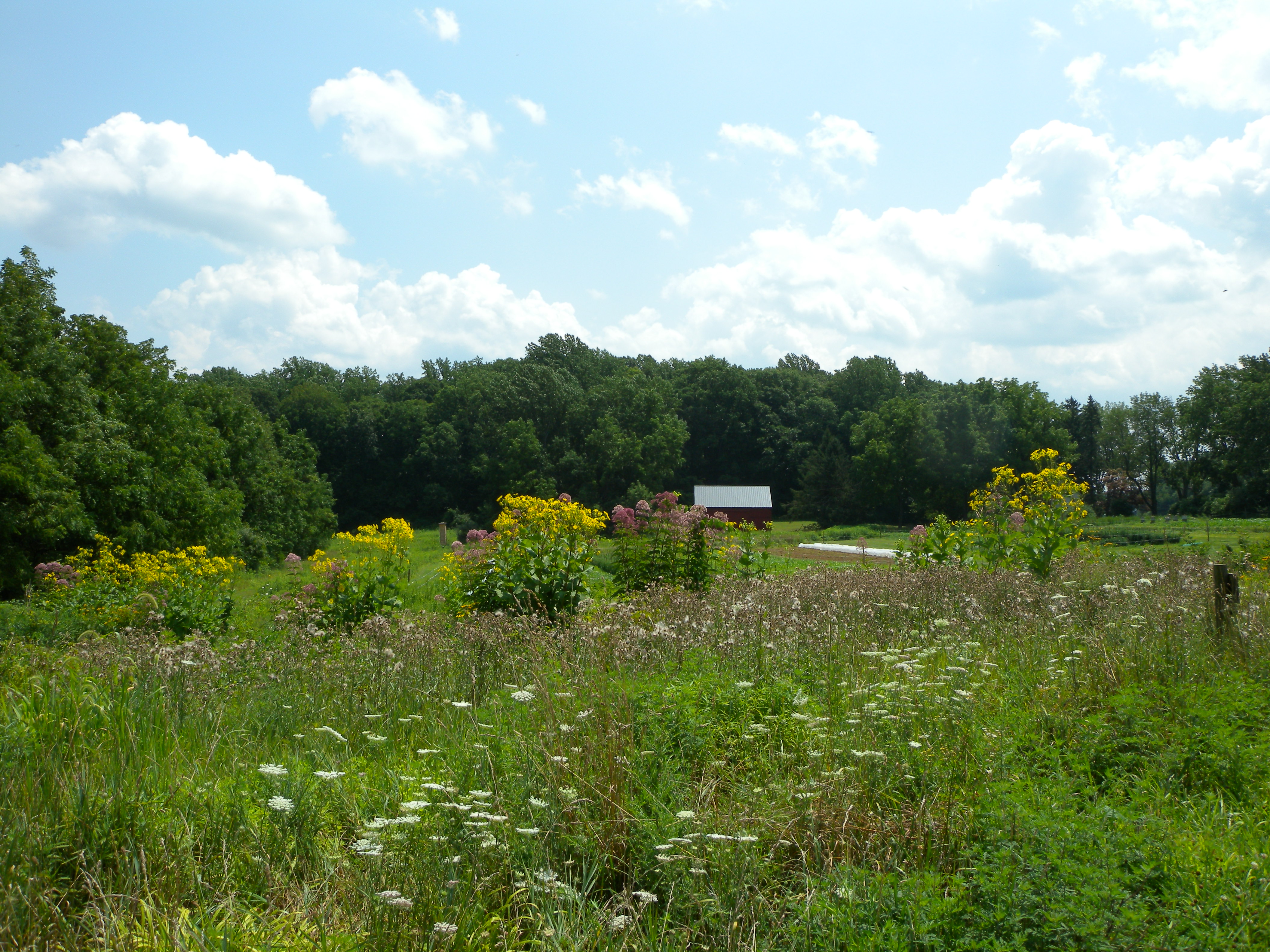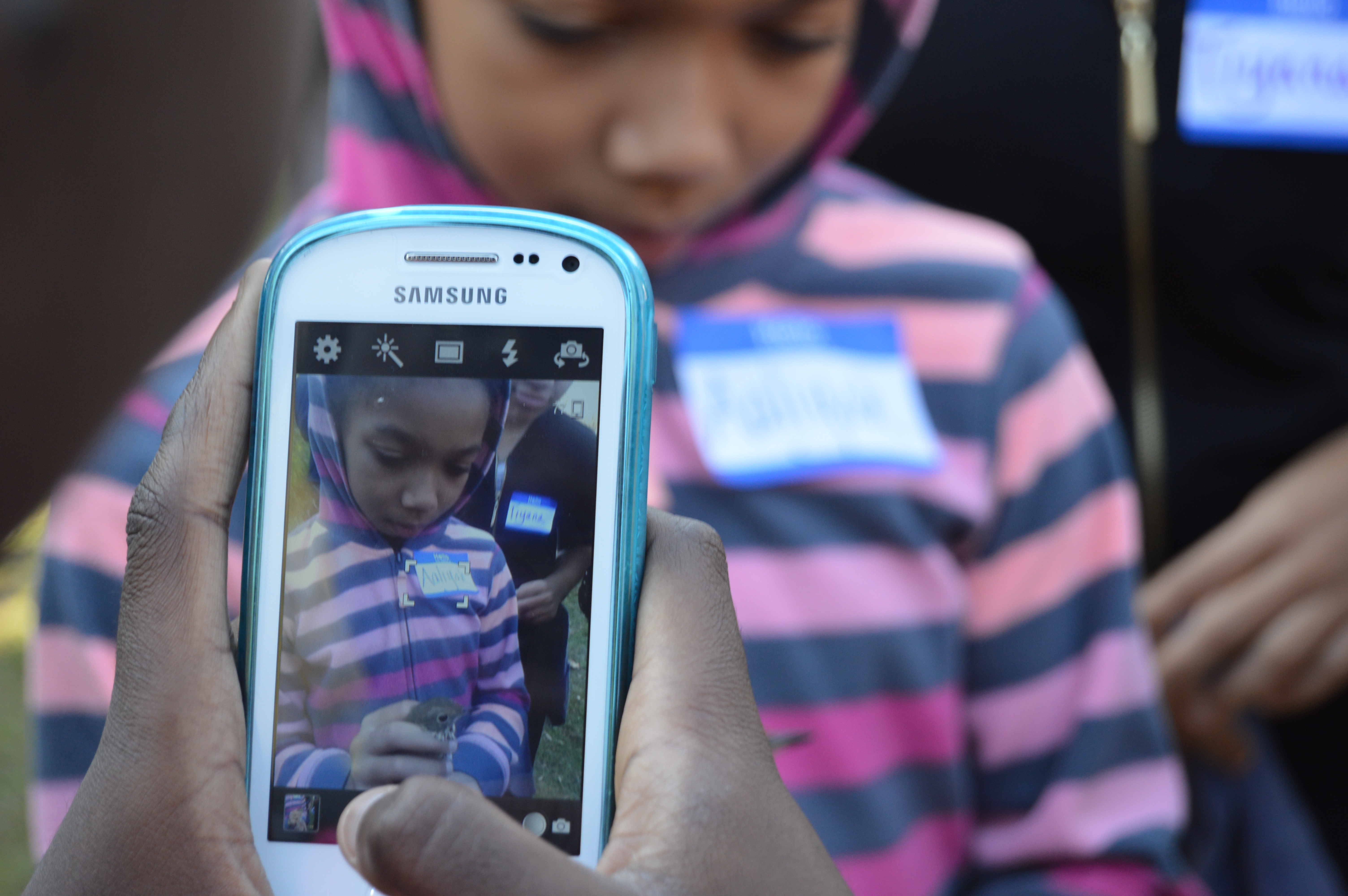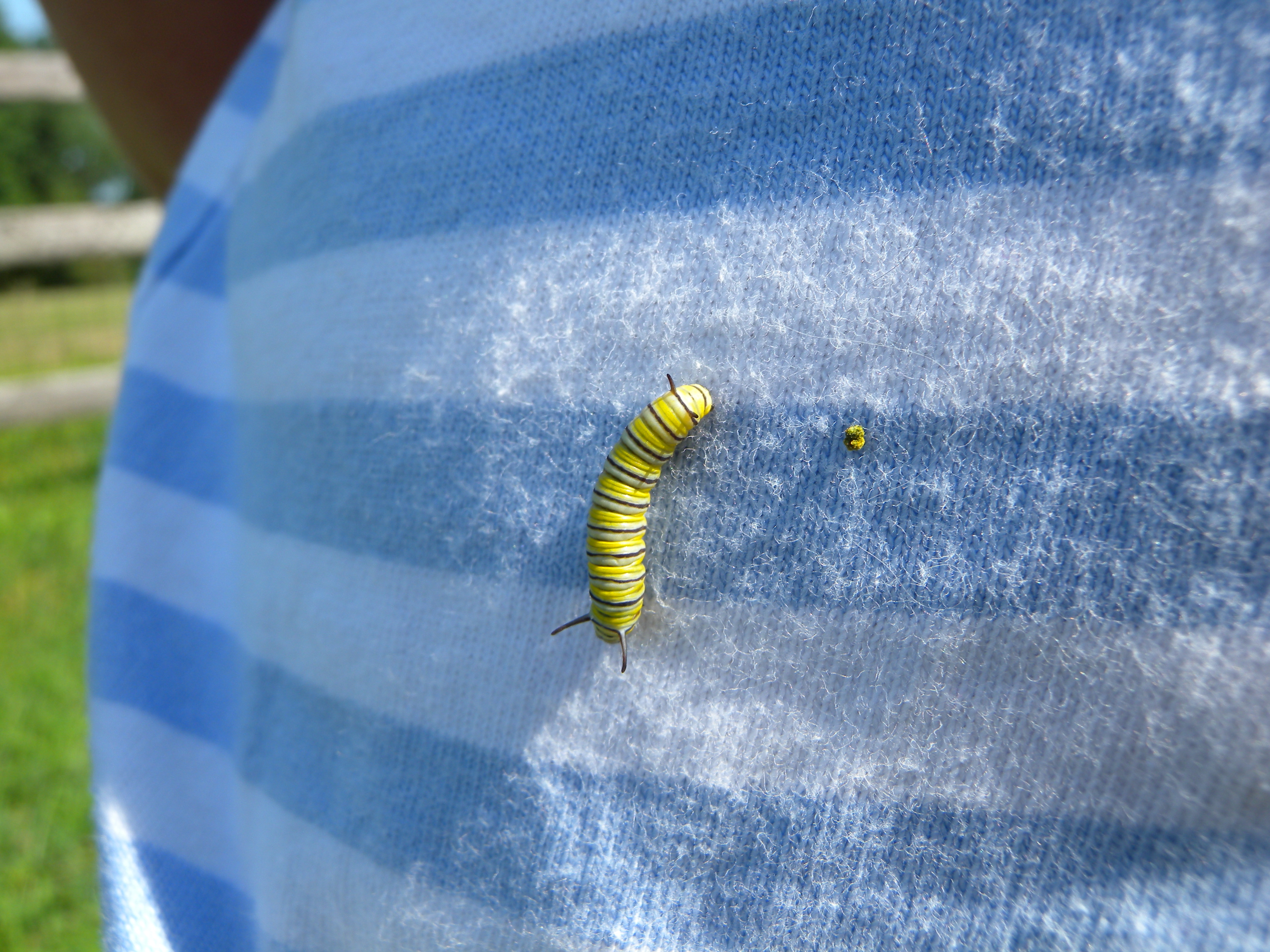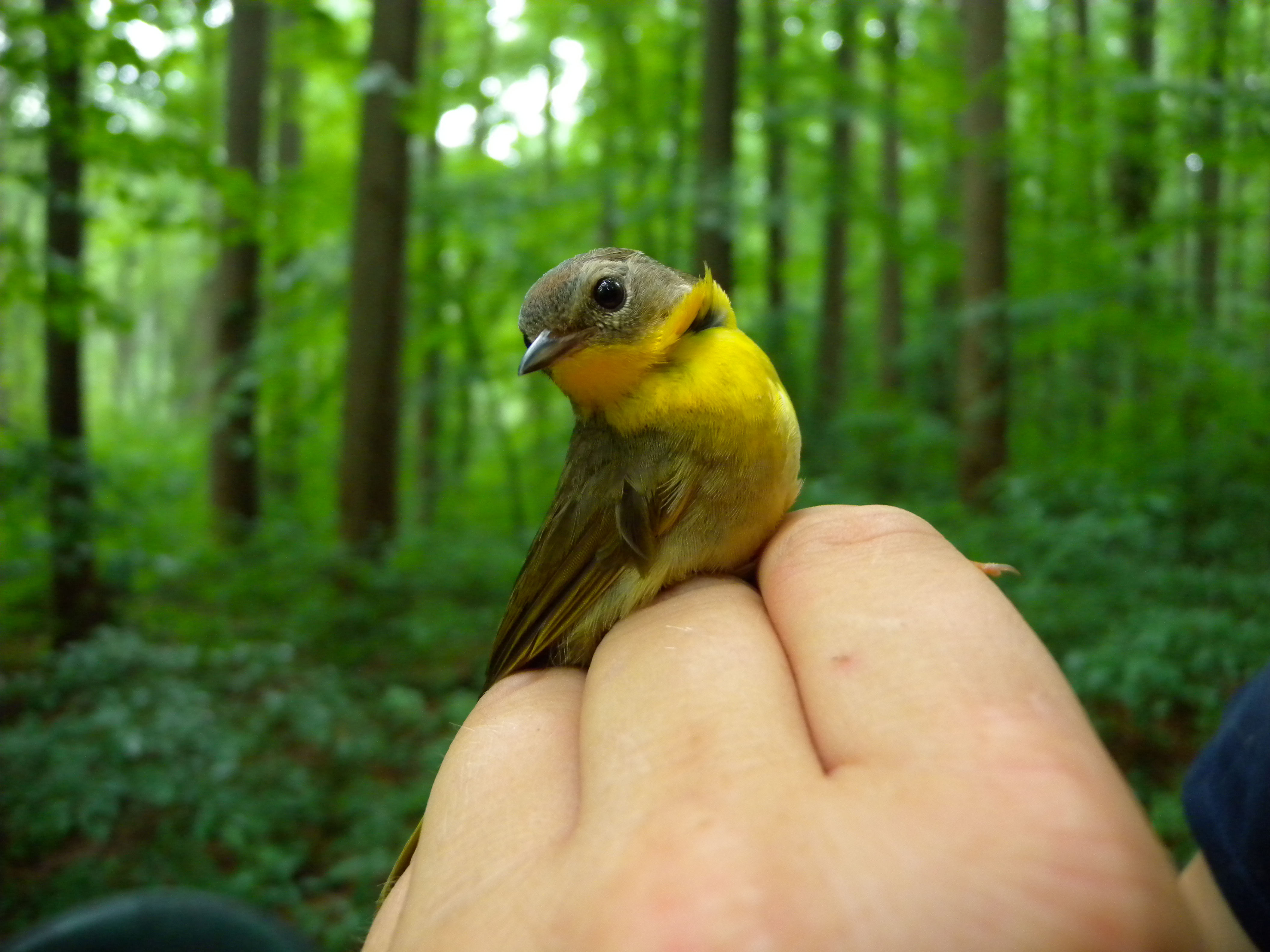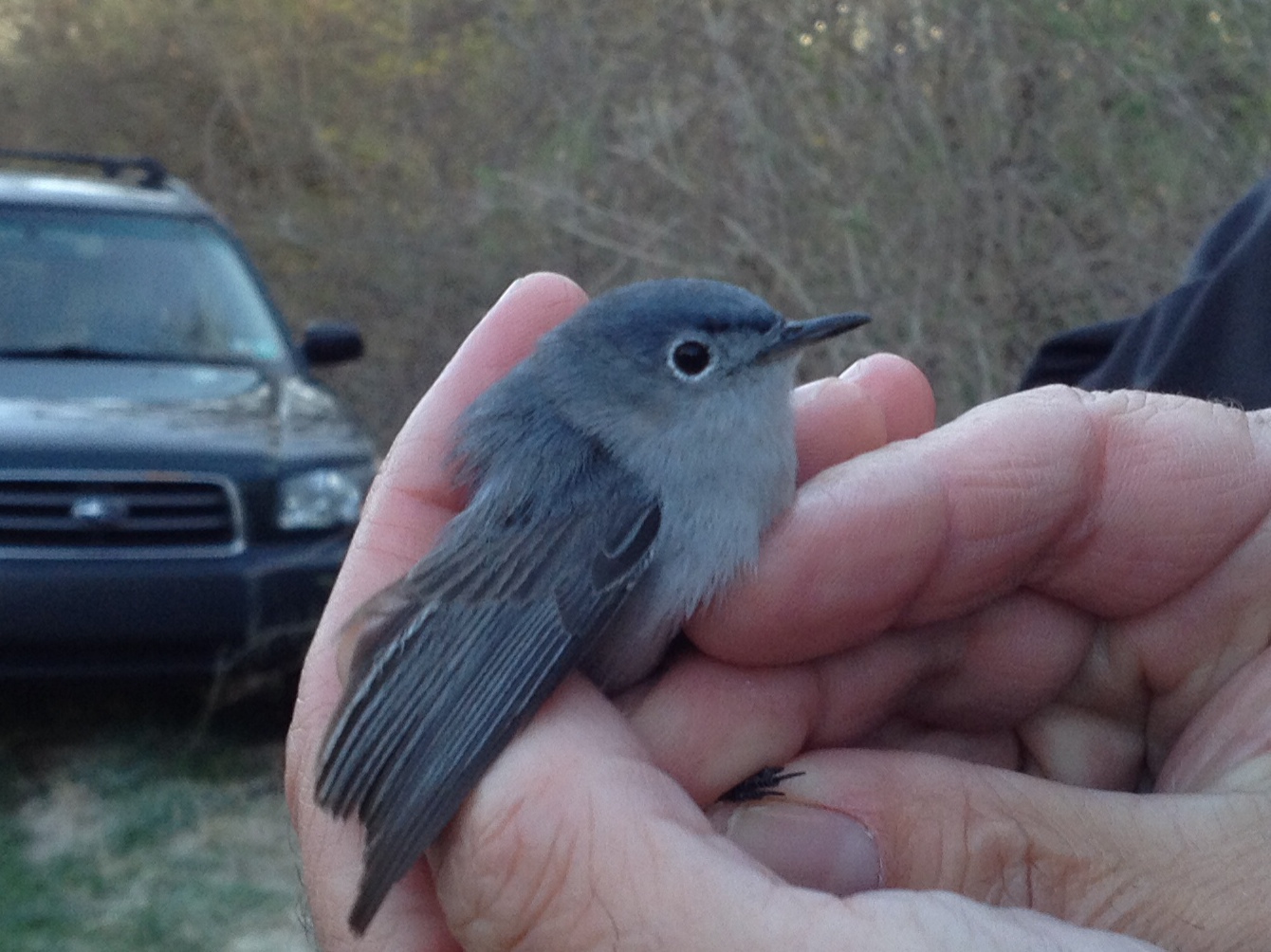This walk is now “sold out”! Thank you for your interest and please visit our events calendar for more programs and preserve walks in the future.
Experience winter bird life by taking a leisurely walk with the Trust’s local birding experts. Bring your binoculars and learn birding techniques while enjoying beautiful Kirkwood Preserve (855 Grubbs Mill Road). No prior experience is necessary, and all skill levels and ages are welcome. Please register below so we know you’re coming!




